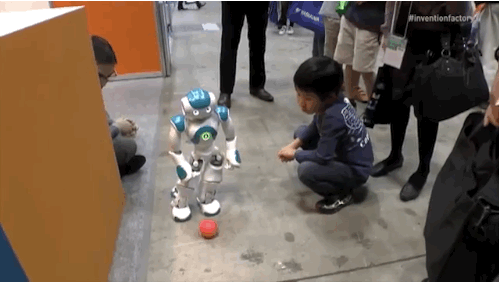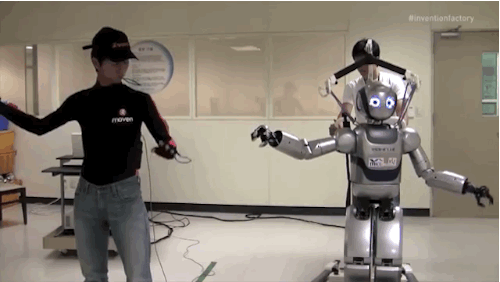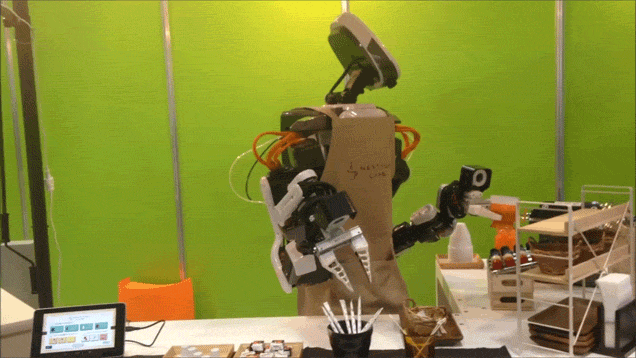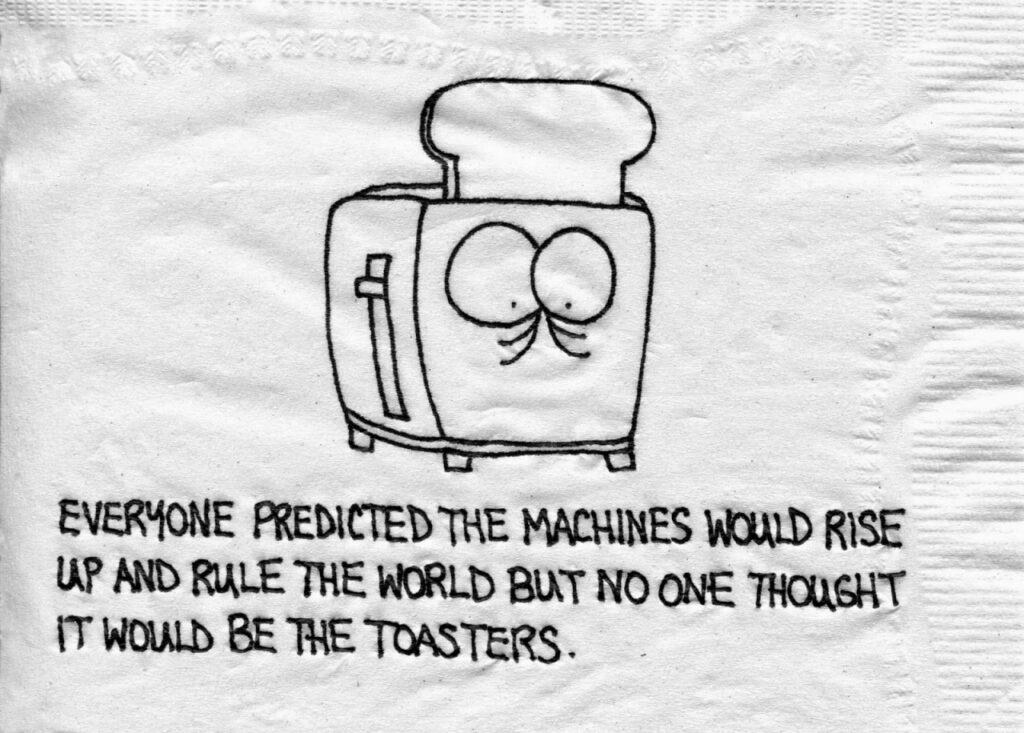Author: julien
A Self-Driving Car Might Decide You Should Die
A Self-Driving Car Might Decide You Should Die
[self-driving cars] need a level of awareness we don’t have about ourselves.
Robots should not be used to care for people
EU citizens also have well-defined views about the areas where robots should be banned. Views are most emphatic when it comes to the care of children, elderly people and people with disabilities, with 60% of EU citizens saying that this is an area where robots should be banned. There is also considerable opposition to the use of robots in the other more ‘human’ areas included in the survey: 34% of respondents believe robots should be banned in education, 27% are against the use of robots in healthcare and 20% oppose their use for leisure purposes. Less than ten percent oppose the use of robots in any of the other areas.
European Commision – Special Eurobarometer 382 – Public Attitudes towards Robots
How will we embrace robots as they become more advanced?


How will we embrace robots as they become more advanced? From futuristic-looking robotic suits that can make us faster and stronger to machines with the capacity to understand human behavior, we’re entering a new age of robotics. Watch this episode of Invention Factory to learn more about what the future holds.
If we let him fail this task, he will have a disappointing look on his face.
Lynn DeRose, Robotics Reasearcher
Everything is a perfect in a beautiful world.
Suckification
New Complicities for Companionship
Encounters with humanoid robots are new to the everyday experience of children and adults. Yet, increasingly, they are finding their place. This has occurred largely through the introduction of a class of interactive toys (including Furbies, AIBOs, and My Real Babies) that I call “relational artifacts.” Here, I report on several years of fieldwork with commercial relational artifacts (as well as with the MIT AI Laboratory’s Kismet and Cog). It suggests that even these relatively primitive robots have been accepted as companionate objects and are changing the terms by which people judge the “appropriateness” of machine relationships. In these relationships, robots serve as powerful objects of psychological projection and philosophical evocation in ways that are forging a nascent robotics culture.
Sherry Sturkle
Kicking big dog
Bilal robot teaches and demonstrates Islamic prayer
Bilal robot teaches and demonstrates Islamic prayer.
Not quite there

